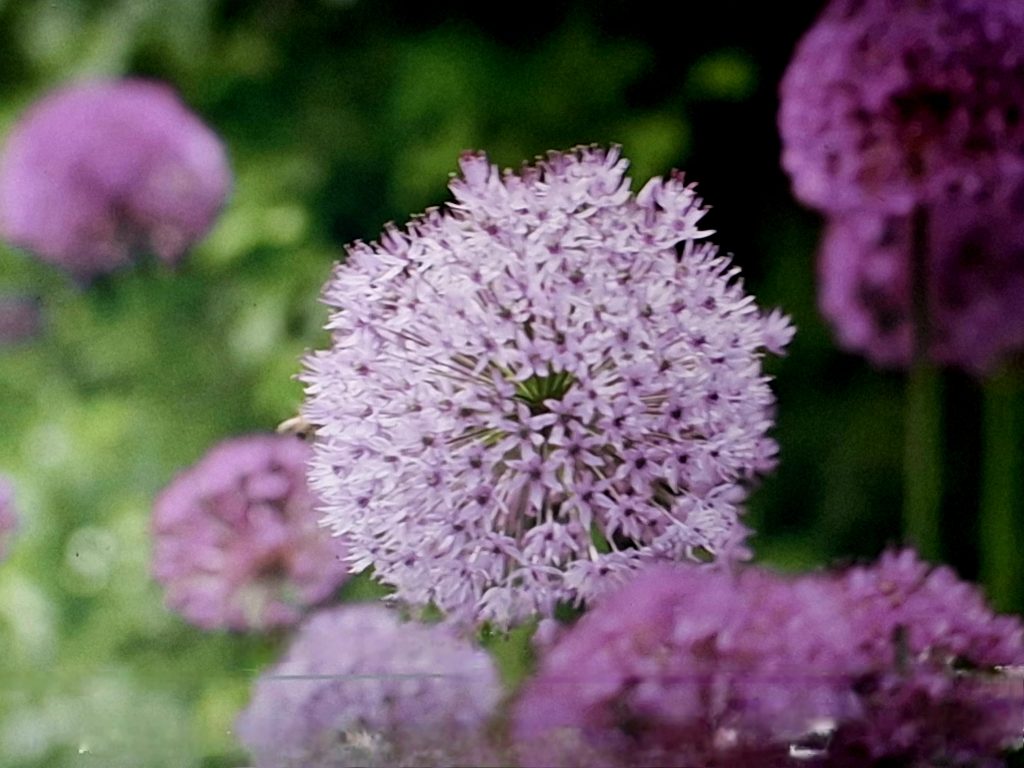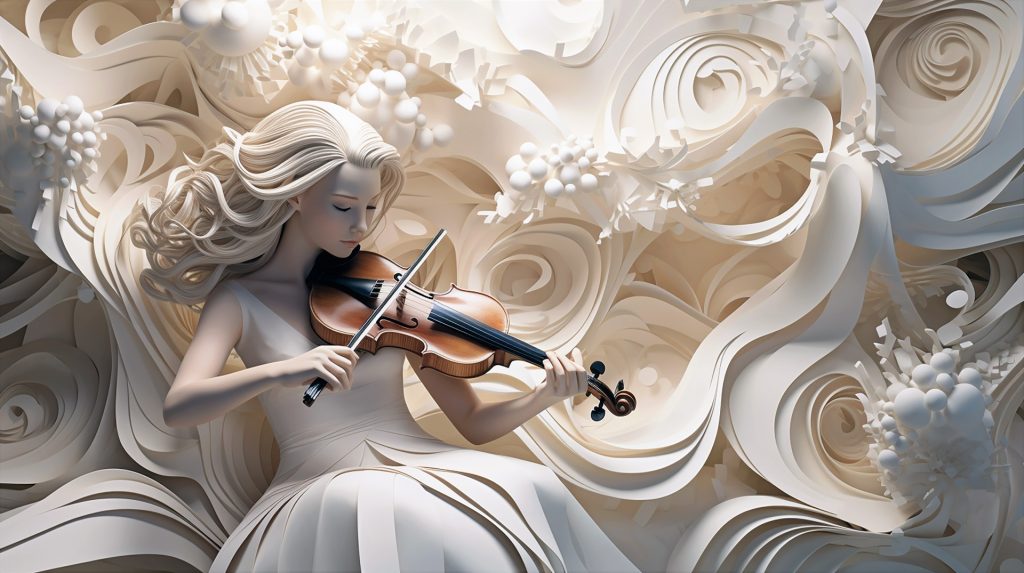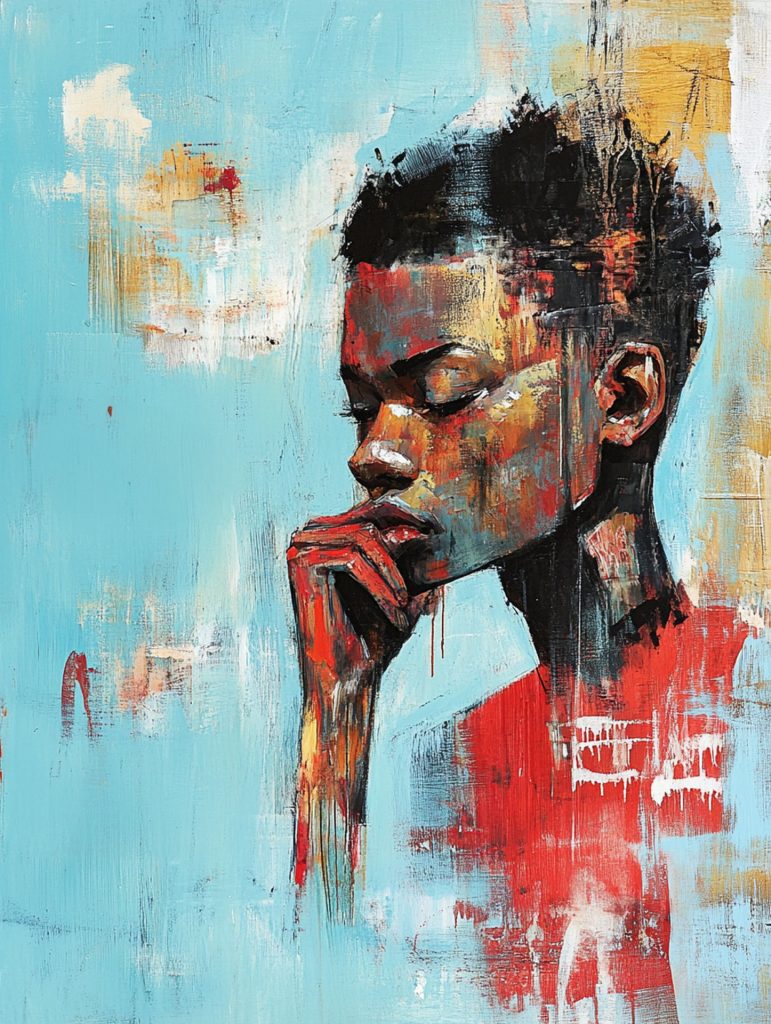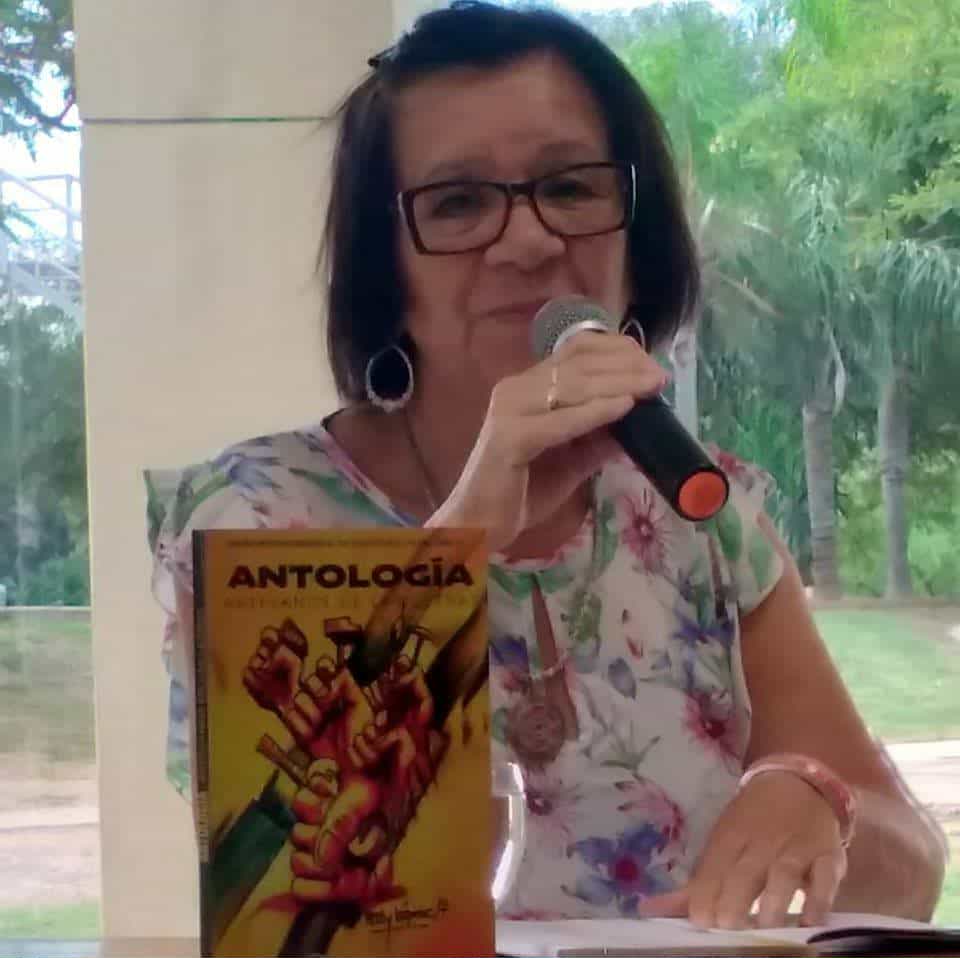
Welcome, readers, to the first Synchronized Chaos issue of November 2025. First, a few announcements.
This issue was edited by poet Tao Yucheng, who has been published several times in Synchronized Chaos and in several other publications.
Contributor Kelly Moyer has launched a blog-style journal, Circle of Salt, a simple blog-style journal for all things esoteric. Potential contributors are invited to send up to three unpublished pieces of magickal poetry (including esoteriku), prose, personal essay, original art, reviews, recipes, tips, etc. to Kelly Sauvage Moyer at unfazedmoon@gmail.com. The web address is https://circleofsaltmag.blogspot.com/.
Also, the Naji Naaman Literary Prize is now open to emailed submissions from around the world.
*********************
Now, for this month’s first issue: Sip and See.

A sip and see is a meet and greet party popular in the southeastern United States where people enjoy light snacks, drinks, and the chance to meet a newborn baby. In a way, Synchronized Chaos Magazine’s issues are global ‘sips and sees,’ celebrations where we may meet newly emerged bursts of creativity.
As we would when encountering a new baby, Priyanka Neogi revels in life’s joy.
Teresa de Lujan Safar’s poem celebrates the delight a mother takes in her children’s appreciation. Graciela Noemi Villaverde remembers the daily love and care of her deceased mother. Rakhmiddinova Mushtariy Ravshanovna pays tribute to the presence and care of her mother.

Bill Tope and Doug Hawley’s short story “Evergreen” portrays quiet familial concern, capturing the subtle tension and affection between siblings as they notice their mother’s unusual, tender attachment to her garden.
Mahbub Alam takes joy in nature and the brilliant sunshine. Timothee Bordenave’s essay explores permaculture, advocating livestock grazing on fallow land and urban fruit tree forests. Genevieve Guevara playfully links weather patterns and emotions. Walid Alzoukani revels in how the rain enriches his spirit. Brian Michael Barbeito’s “What is the Meadow and What is Love?” finds love and presence in the quiet endurance of nature. Bekturdiyeva Nozima’s essay examines the urgent need to cultivate ecological consciousness among youth, emphasizing education, family, and practical engagement as keys to a sustainable future. Jack Galmitz’ poetry speaks to cultural memory and our connections with nature. Brian Barbeito’s work reflect the relationship between human beings, nature and animals, which is even more important in the current Internet age.
Paintings from Srijani Dutta reflect hope for the return of spring, drawing on images from an Asian mythological system. Eddie Heaton guides us on a surrealist romp through a colorful universe. Mark Young speculates through found and created poetry on how human art can coexist with science and technology.

Federico Wardal highlights the work of holistic physician Dr. Antonello Turco and how his medical practice is a work of art. Nidia Garcia celebrates the creativity and insight of a weaver who tells the story of her people in cloth. Taylor Dibbert shares an amusing anecdote about sartorial fashion choices and lost luggage.
Jacques Fleury’s “The Color Purple” is a vibrant meditation on heritage and symbolism, exploring how shades of purple evoke nobility, spirituality, emotion, and the richness of human experience. Normatova Sevinchoy reflects on the nature of beauty and finds it through elegant simplicity. Kelly Moyer’s films explore the relationship between life and all things through the disposal and dissolution of human-built objects.
Literature and writing are integral parts of human creative culture. Contemporary Uzbek literature blends tradition and modernity, emphasizing national identity and the Uzbek language. Abdulazizova Nigina Faxriddin qizi’s article “Developing Speech Culture of Primary School Students” examines methods to enhance young learners’ oral and written communication, emphasizing interactive strategies, cultural awareness, and the link between speech skills and social participation.

Zuhra Jumanazarova expresses that preserving the literary quality of the Uzbek language is integral to preserving Uzbek culture. Muhayyo Toshpo’latova’s essay explores how contemporary Uzbek literature balances tradition, national identity, and digital-age innovation. Nilufar Yusupova discusses advantages and challenges posed by online education. Masharipova Unsunoy outlines strategies for improving student public speaking competence. Dilafruz Karimova evaluates various methods for teaching English as a second language. Rashidova Lobar’s “Mother Tongue” is a heartfelt tribute to the Uzbek language, celebrating it as the nation’s soul, heritage, and eternal source of pride and unity.
Mickey Corrigan’s poetry honors the survival, grit, and literary mastery of novelist Lucia Berlin. Grant Guy’s artwork evokes the creative spirit of decades-ago absurdist No! theater. Christina Chin and Kim Olmtak’s tan-renga poems promise adventure on the horizon. Scott Derby’s poem draws on The Odyssey, exploring a journey of trials and self-discovery, ultimately evoking a return to faith. Inga Zhghenti reviews Armenida Qyqja’s collection Golden Armor, about the quest of the human spirit for survival amidst adversity.
Peter Cherches’ vignettes explore through gentle humor how we make decisions and set up our lives. James Tian reminds the faithful to use their God-given brains, even in church.

Janna Hossam’s essay explores the fleeting nature of achievement and the trap of “fast dopamine,” urging a shift from chasing external validation to finding lasting fulfillment in steady, meaningful growth. Sharifova Saidaxon advocates for balance in the use of social media and online entertainment. O‘rozboyeva Shodiya’s essay “How Social Media Affects Young People” reflects on the dual impact of social media, highlighting its benefits for learning and reading while cautioning against distraction and over-immersion in the virtual world.
Brooks Lindberg’s poem wittily questions the nature of facts, blending philosophy, mathematics, and law with humor and skepticism. Candice Louise Daquin reviews John Biscello’s novel The Last Furies, which evokes themes of tradition, vaudeville, religion and mysticism.
Turkan Ergor reflects on how people’s strongest desires and best-laid plans don’t come to fruition. Dr. Ashok Kumar expresses the peace found through surrendering to what we cannot control.

J.T. Whitehead’s Nocturnes are haiku-inspired reflections on art, history, and personal experience, capturing quiet joy and solitude. Christina Chin and Marjorie Pezzoli’s collaborative renga blends fragmented, stark imagery with a conversational, experimental flow, exploring tension, vulnerability, and the raw textures of experience. Derek Dew’s poems “To Come” and “What is Ours” delve into language, memory, and moral stillness, blending abstraction and lyricism to explore identity, silence, and the elusive nature of meaning. Sayani Mukherjee’s “God’s Hands” is a dreamlike meditation on time and memory, shimmering with blue skies and fleeting wishes. Vo Thi Nhu Mai’s “Harbour of the Changing Season” is a tender, reflective meditation on love, loss, and the passage of time, finding beauty and peace in the rhythms of nature and the flow of life.
Duane Vorhees’ poem “ORH” tenderly portrays love as cleansing and transformative, merging identities like rain washing away dust. Amina Kasim Muhammad advocates kindness and humanity. In a similar vein, Maja Milojkovic reflects on the value of a human soul as measured by the person’s compassion and integrity. Ruzimbayeva Quvonchoy Jamoladdin qizi’s essay highlights Uzbekistan’s national values as the enduring heart of the nation, shaping identity, unity, and moral life.
Yodgorova Madina also celebrates traditional Uzbek values such as diligence, hospitality, respect for the elderly, the young, and women, honesty, and compassion and urges modern Uzbeks to pass down those values. Jumanazarova Muxlisa’s essay highlights women as the vital foundation of Uzbek society, shaping history, education, and leadership. In the same vein, Egyptian writer Adham Boghdady’s poem portrays a woman as a radiant, inspiring presence who lights up hearts and the world. Dildora Khojyozova’s essay “Kindness and Humanity in the 21st Century” emphasizes the enduring importance of empathy and compassion amid technological and social change, arguing that true progress depends on how we treat one another.

Abbas Yusuf Alhassan’s long poetic piece illustrates the different facets of love as expressed through grief. Elmaya Jabbarova’s poetry intertwines love and grief. RP Verlaine comments on what brings people together and what divides us. Eldar Akhadov ponders the mental distance that inevitably separates everyone.
Turdiyeva Guloyim’s “I’m Tired, Mother!” expresses profound loneliness and disillusionment, lamenting false friendships, cruelty, and the harshness of the world, while yearning for genuine human connection. Kandy Fontaine’s “Nepantla, The Tipping Point, Deep Time: A Conversation Between Worlds” examines the intersections of literature, identity, and planetary change, using the concept of Deep Time to reflect on societal fear, power structures, and the urgent need for transformation. Mirta Liliana Ramirez reminds us that powerful people exist who prey on the vulnerable. Patricia Doyne surveys the sentiments at a San Francisco Bay Area No Kings rally. Aubrey Malaya Lassen’s poem “The Call” confronts misunderstanding and oppression, using vivid animal imagery to explore awareness, resistance, and the refusal of power to recognize truth.
Bill Tope’s “The Gauntlet” is a tense short story following Anais, a Haitian refugee, as she navigates an unsettling encounter with police in a small Ohio town, exploring themes of fear, vulnerability, and power. Ahmed Miqdad’s poem reflects on the horrors of violence and displacement, using stark imagery of blood and silence to evoke grief and loss. Emeniano Acain Somoza Jr. writes of humans eking out existence in the shadows of ageless deities and harsh weather. Stephen Jarrell Williams crafts a slow piece on calm preparations as an apocalypse looms.

J.J. Campbell illustrates the lingering effects of trauma on a person’s life and psyche. Mykyta Ryzhykh’s poem juxtaposes stark, unsettling images with fragile signs of life, capturing the raw and abrupt entry of innocence into harsh reality. Alexa Grospe personifies the pain and terror of stage fright and writers’ block. Philip Butera views life from the panoramic perspective of one nearing death. Ablakulova Dilfuza’s essay “My child, if I leave, you won’t find me again” is a poignant meditation on solitude, aging, and loss, vividly portraying the emotional landscape of a woman left alone, clinging to memories as her world darkens. Adewuyi Taiwo’s short story “A Star Called Priye” explores themes of family secrets, grief, and quiet strength.
Duane Vorhees’ review of Taylor Dibbert’s On the Rocks explores his Bukowski-inspired style—plainspoken, raw, and grounded in everyday struggle—revealing a candid search for freedom from pain. Rizal Tanjung’s review of Eva Petropoulou Lianou’s “Freedom” highlights the poem’s haunting imagery of two wingless birds, portraying freedom as both a lost ideal and a visceral, human necessity.
Jabborova Vasila comments on how medicine can address psychological changes in some heart transplant patients. Melita Mely Ratkovic’s poem urges the speaker’s friend to heal and love themselves again after trauma. Ramona Yolanda Montiel wishes all her readers simple joys and gentle comfort.

Eva Petropoulou Lianou’s “Miracles” celebrates everyday wonders, human connection, and the light of faith amid darkness. Jeanette Eureka Tiburcio’s poem honors resilience and hope, invoking golden children as symbols of strength, growth, and the enduring light amid adversity.
We hope that this issue serves as a guiding light as you ‘sip and see’ the many forms of human thought and feeling from around the world.


